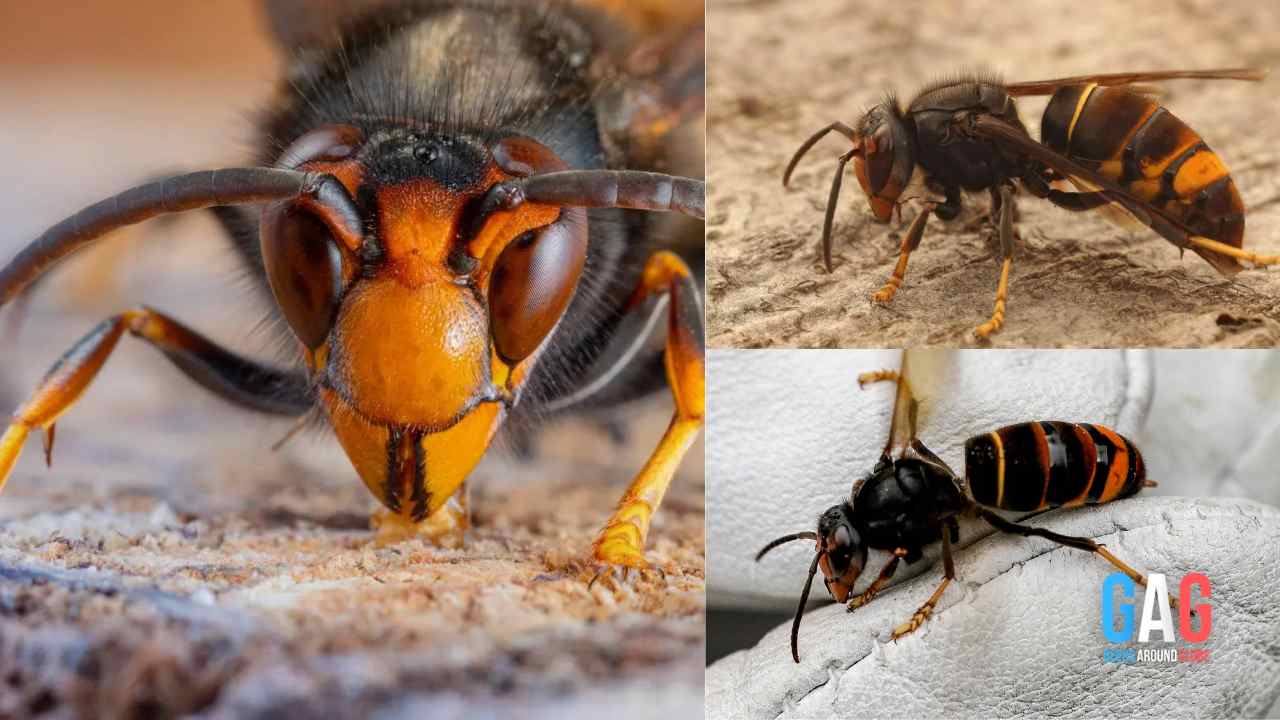Why Are U.S Authorities Warning About The Invasive Yellow-legged Hornets?
A beekeeper in Savannah, Georgia, reported seeing an unusual insect. Georgia Department of Agriculture (GDA), later confirmed the invasive hornet species in the U.S.A. These predatory insects are a threat even to western honey bees (Apis mellifera) and other pollinators. Not just that, the invasive threats can do significant damage to local ecosystems. Let’s dive in to learn more! “If established, this invasive species could threaten the native pollinators in our state and negatively impact our agricultural industry as a whole,” Georgia’s agriculture commissioner, Tyler Harper. Two worker hornets were found which made scientists believe that there is an active nest. One active nest can approximately hold 6,000 insects. The authorities are urging people to report any sightings of these hornets or their nests. Authorities also…
A beekeeper in Savannah, Georgia, reported seeing an unusual insect. Georgia Department of Agriculture (GDA), later confirmed the invasive hornet species in the U.S.A. These predatory insects are a threat even to western honey bees (Apis mellifera) and other pollinators. Not just that, the invasive threats can do significant damage to local ecosystems. Let’s dive in to learn more!
“If established, this invasive species could threaten the native pollinators in our state and negatively impact our agricultural industry as a whole,” Georgia’s agriculture commissioner, Tyler Harper.
Two worker hornets were found which made scientists believe that there is an active nest. One active nest can approximately hold 6,000 insects. The authorities are urging people to report any sightings of these hornets or their nests. Authorities also believe that this is a very early detection of the species. They hope to effectively monitor and mitigate the risk before the fall this year.
The hornets are not more than an inch long. They usually attack and feed on honey bees and pollinators. These insects are native to Southeast Asia. The yellow coloration on the bottom half of their legs is one of the most distinguishing features. In their fourth abdominal segment, there is another noticeable yellow stripe.
However, they even became invasive species in Europe, Japan, and South Korea. Now, these yellow-legged little ones are approaching the USA for the very first time.
Each year, Honeybees alone pollinate crops worth a total of $15 billion across the U.S.A. So, their invasion could pose a serious threat to the ecosystems, if not mitigated soon.
Also read,






